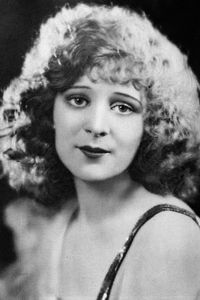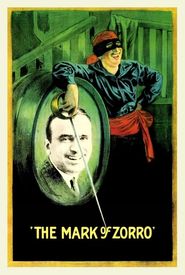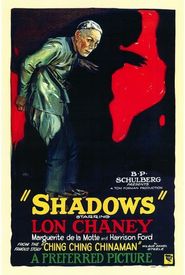Marguerite De La Motte, a celebrated American film actress of international acclaim, made her entrance into the world on June 22, 1902, in the picturesque city of Duluth, Minnesota. Born to Mr. and Mrs. Joseph De La Motte, a loving and supportive family, Marguerite's early life was marked by a strong foundation of values and a keen interest in the performing arts. She went on to graduate from the esteemed Egan School of drama, music, and dancing in 1917, a milestone that would lay the groundwork for a lifelong career in the entertainment industry.
Notably, prior to commencing her illustrious film career, De La Motte had the esteemed privilege of studying ballet under the mentorship of the renowned Anna Pavlova, a legendary figure in the world of dance. This foundational experience would undoubtedly prove to be a crucial stepping stone in her future endeavors.
In 1919, De La Motte rose to prominence as the dance star of Sid Grauman's theater, a prestigious institution that would serve as a launchpad for her subsequent success.
Interestingly, De La Motte's screen debut occurred at a relatively young age, specifically in 1918 when she was just 16 years old. This inaugural appearance was in the romantic comedy film Arizona, directed by the illustrious Douglas Fairbanks, a pioneer in the film industry.
Following the sudden and tragic demise of her parents in the year 1920, the esteemed film producer J.L. Frothingham took on the responsible role of guardian to De La Motte and her younger sibling, thereby providing a sense of stability and security in the face of adversity.
As the 1920s unfolded, De La Motte went on to have a prolific career in the film industry, appearing in a multitude of movies, often sharing the silver screen with the renowned actor Douglas Fairbanks in a series of thrilling swashbuckling adventure films, including the iconic The Mark of Zorro and The Three Musketeers, which showcased her versatility and talent as a performer.
As De La Motte's professional trajectory continued to unfold, she found herself developing a profound and lasting bond with none other than the esteemed actor, Fairbanks, and his wife, the incomparable Mary Pickford, a renowned actress in her own right.
As the curtain closed on her illustrious film career, De La Motte transitioned into a new and dynamic role, taking on the responsibilities of an inspector at a southern California war plant during the tumultuous years of World War II.
Following her stint in the war effort, De La Motte made the decision to relocate to the vibrant city of San Francisco, California, where she would go on to serve as a dedicated and compassionate member of the Red Cross office.
De La Motte's outstanding achievements in the film industry were formally acknowledged with the prestigious honor of a star in the Motion Pictures section of the iconic Hollywood Walk of Fame, a symbol of excellence and dedication to the art of filmmaking.
On February 8, 1960, this esteemed recognition was bestowed upon De La Motte, solidifying her place among the pantheon of Hollywood legends. The star, located at 6902 Hollywood Blvd. in the heart of Hollywood, California, serves as a lasting tribute to her remarkable contributions to the world of cinema.
This prestigious award is a testament to De La Motte's tireless efforts, unwavering passion, and unrelenting commitment to her craft, inspiring future generations of filmmakers and cementing her legacy as a true Hollywood icon.


























